Top 20 Highest European Clubs Attendances
The list is updated once a year. The current edition covers the 2024/25 season. There are several surprises in this ranking, including the absence of PSG and Celtic. Barcelona, forced to play the entire season at the Olympic Stadium, ended up far down the list. The top-attended clubs in Europe play their home matches in seven countries across the continent. Here they are:
-
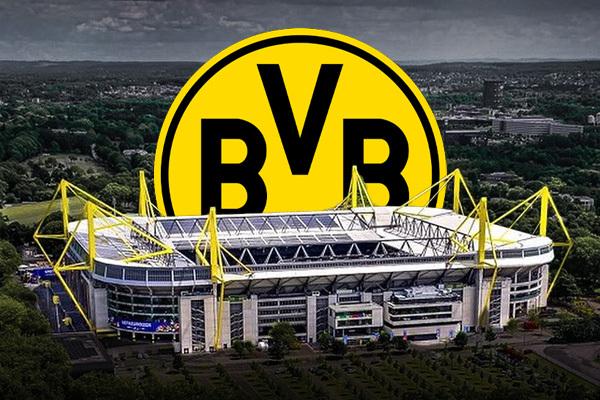 Borussia Dortmund 81 365 (100% occupancy)
Borussia Dortmund 81 365 (100% occupancy)Signal Iduna Park, Dortmund | A clear winner and the only club to surpass 80,000 fans. Despite weaker sporting results in the 2024/25 season, Signal Iduna Park sold out consistently. Perhaps the crowd helped motivate BVB to a fantastic spring campaign?
-
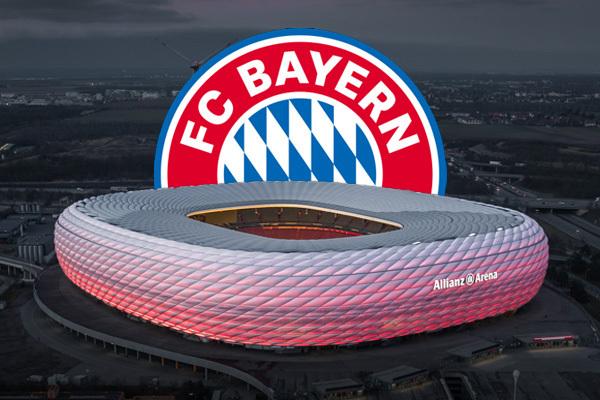 Bayern Munich 75 000 (100% occupancy)
Bayern Munich 75 000 (100% occupancy)Allianz Arena, Munich | Another 100% sell-out rate. German clubs clearly know how to draw crowds, as this list proves. In 2025, Bayern’s home stadium celebrated its 20th anniversary — just one day before hosting the Champions League Final.
-
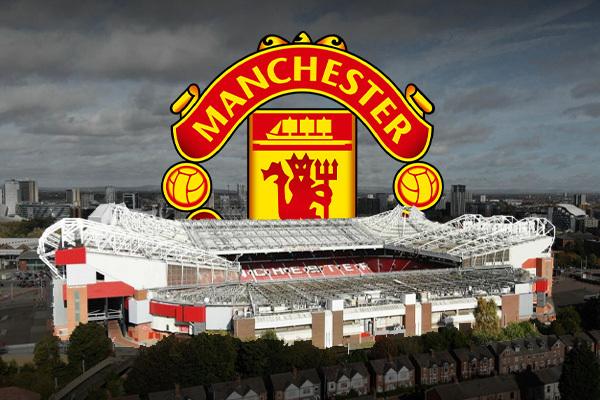 Manchester United 73 815 (99.7% occupancy)
Manchester United 73 815 (99.7% occupancy)Old Trafford, Manchester | Poor results and a crumbling “Theatre of Dreams” didn’t affect the turnout. A move to a new 100,000-seat stadium is planned, but several permissions and steps remain before that becomes reality.
-
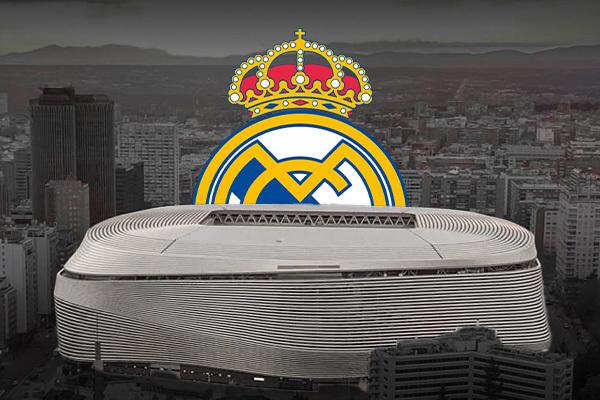 Real Madrid 72 692 (92.8% occupancy)
Real Madrid 72 692 (92.8% occupancy)Estadio Santiago Bernabéu, Madrid | If we had to choose the best stadium in the world, Bernabéu would be a top candidate. Despite its unimpressive exterior, the interior features highlights like a 360-degree screen. Even without trophies, fans showed up en masse — although the percentage could still be improved.
-
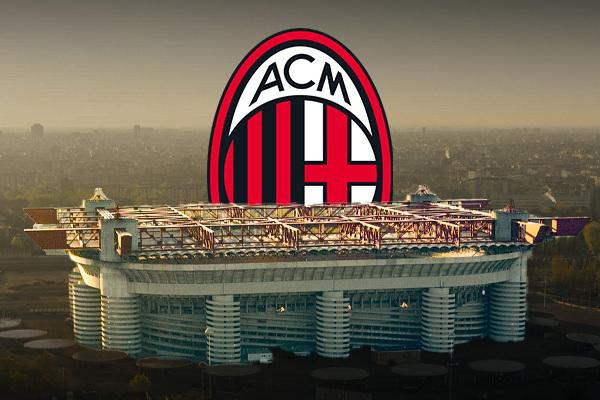 AC Milan 71 512 (93.4% occupancy)
AC Milan 71 512 (93.4% occupancy)Stadio Giuseppe Meazza, Milan | For the first time, we’re visiting San Siro. Although both Milan clubs share the stadium, Milan edged out Inter this time. Rumors suggest both teams are slowly saying goodbye to this iconic venue, with a new one planned just meters away.
-
 Inter Milan 70 129 (92.4% occupancy)
Inter Milan 70 129 (92.4% occupancy)Stadio Giuseppe Meazza, Milan | After losing the Serie A title, Inter saw slightly fewer fans than Milan. Coach Simone Inzaghi left, and the club was also accused of breaching financial rules. Tough times ahead?
-
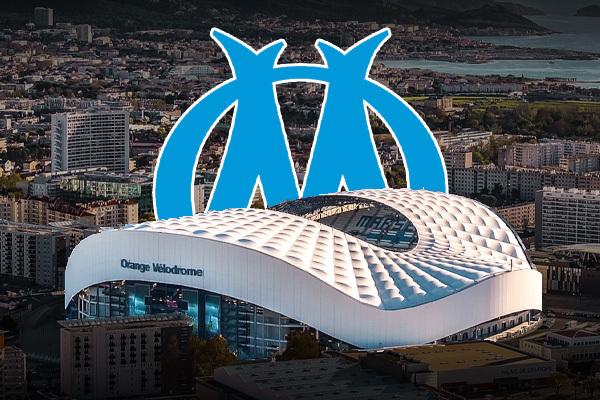 Olympique Marseille 63 683 (94.4% occupancy)
Olympique Marseille 63 683 (94.4% occupancy)Orange Vélodrome, Marseille | Once again, Marseille fans proved to be the most passionate in Ligue 1. Stunning tifos make every game special. The stadium is also known for its unique shape and global recognition.
-
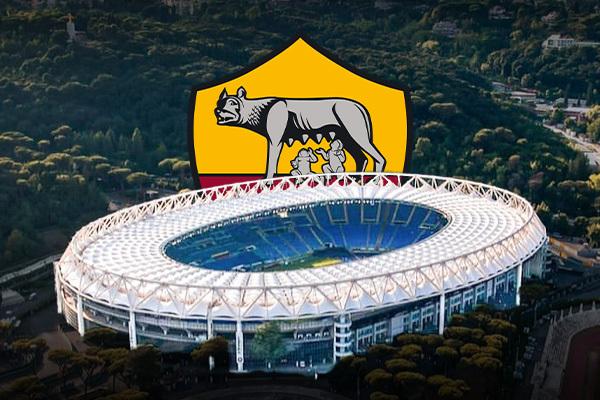 AS Roma 62 435 (88.3% occupancy)
AS Roma 62 435 (88.3% occupancy)Stadio Olimpico, Rome | Italy’s second-largest stadium and the third-best attendance in Serie A. Roma truly sparked interest during spring when club legend Claudio Ranieri led the team to excellent results.
-
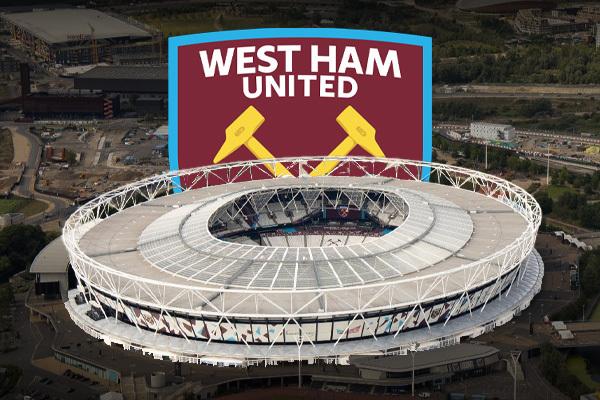 West Ham United 62 407 (99.9% occupancy)
West Ham United 62 407 (99.9% occupancy)London Stadium, London | Not a joke — West Ham had the second-highest attendance in England and eighth in Europe. Even without competing for top positions, fans packed the stadium, with some matches sold out entirely.
-
 FC Schalke 04 61 639 (98.9% occupancy)
FC Schalke 04 61 639 (98.9% occupancy)Veltins Arena, Gelsenkirchen | Despite playing in the second division, Schalke remains a fan magnet. Their loyal supporters continue to fill the stands, hoping the 2025/26 season brings a turnaround.
-
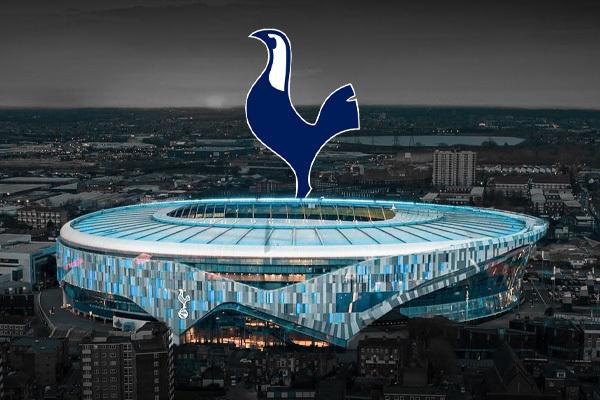 Tottenham Hotspur 61 127 (97.3% occupancy)
Tottenham Hotspur 61 127 (97.3% occupancy)Tottenham Hotspur Stadium, London | Spurs offer a full entertainment package: tours, the Skywalk, a karting track, rugby, American football, boxing, and concerts. The team underperformed, but attendance didn’t. And finally — Spurs are no longer trophy-less.
-
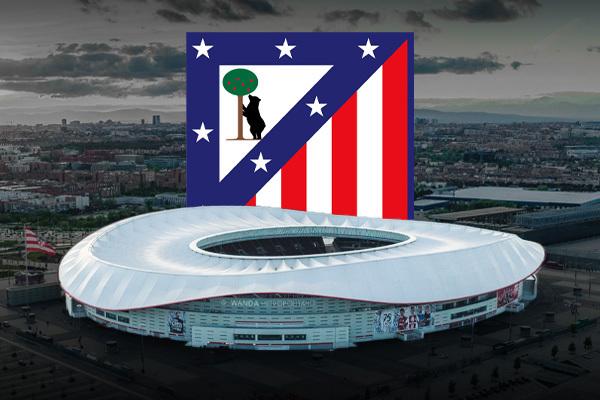 Atlético Madrid 60 883 (86.1% occupancy)
Atlético Madrid 60 883 (86.1% occupancy)Estadio Metropolitano, Madrid | Atlético’s attendance figures continue to grow each year. The stadium hosted a Champions League final and plans to repeat this accomplishment. It competes with Bernabéu on both sport and entertainment fronts.
-
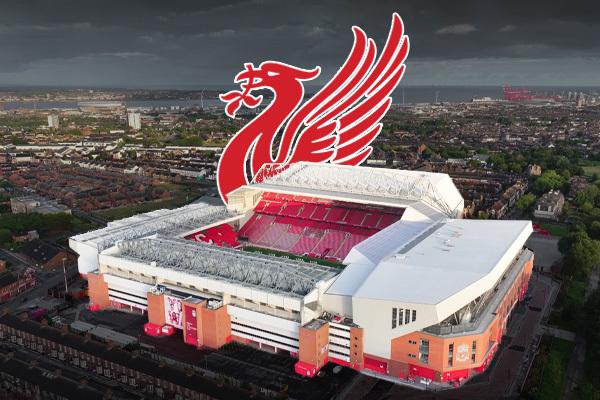 Liverpool FC 60 486 (98.7% occupancy)
Liverpool FC 60 486 (98.7% occupancy)Anfield, Liverpool | Liverpool bounced back by capitalizing on a weak Manchester City season. The Reds boast one of Europe’s most loyal fanbases. Attendance increased following Anfield’s expansion — a path Leeds United also plans to follow after promotion.
-
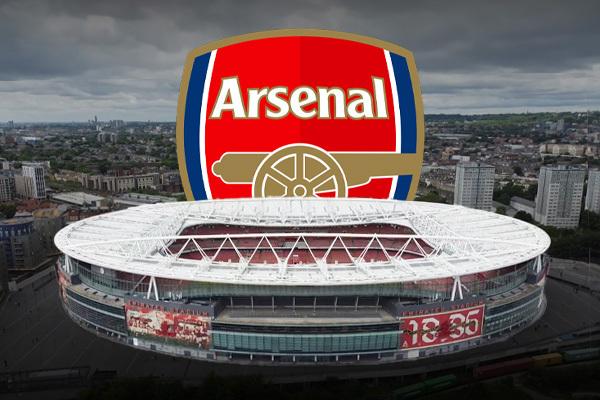 Arsenal 60 252 (99.2% occupancy)
Arsenal 60 252 (99.2% occupancy)Emirates Stadium, London | In 2024, Arsenal played their 500th match at the Emirates. The next season was expected to be a breakthrough — but wasn’t. They lost the title to Liverpool and exited the Champions League at PSG’s hands. Despite this, the Emirates remains packed, and a further expansion to 80,000 seats is under discussion.
-
 VfB Stuttgart 59 265 (91.2% occupancy)
VfB Stuttgart 59 265 (91.2% occupancy)MHPArena, Stuttgart | Although Stuttgart didn’t repeat their league success from 2024/25, they qualified for the Europa League after winning the German Cup. Fans kept showing up — and Stuttgart isn’t the last (or even second-to-last) German club on this list.
-
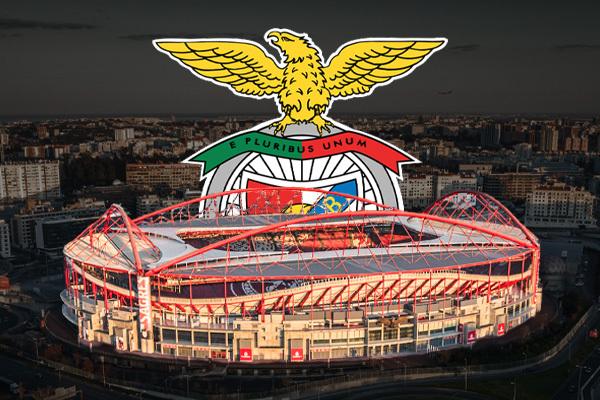 SL Benfica 58 746 (90.8% occupancy)
SL Benfica 58 746 (90.8% occupancy)Estádio da Luz, Lisbon | Lisbon lives and breathes football, with Benfica leading the charge — even though Sporting took the league title again. Despite falling short of their goals, Estádio da Luz was Portugal’s liveliest ground.
-
 Eintracht Frankfurt 57 600 (99.3% occupancy)
Eintracht Frankfurt 57 600 (99.3% occupancy)Deutsche Bank Park, Frankfurt am Main | Eintracht’s impressive rise continued as they finished third in the 2024/25 Bundesliga. Stellar performance on the pitch matched by near-capacity crowds in the stands.
-
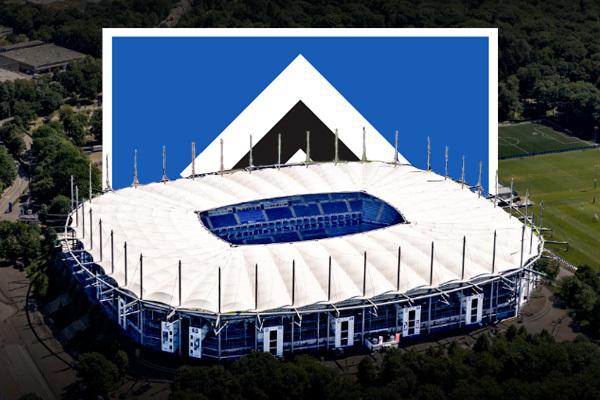 Hamburger SV 56 324 (98.3% occupancy)
Hamburger SV 56 324 (98.3% occupancy)Volksparkstadion, Hamburg | After years in 2. Bundesliga, HSV finally secured promotion in 2025. From 2018 to 2025, they never dropped out of the second tier’s top four and often outdrew many first-division teams in attendance.
-
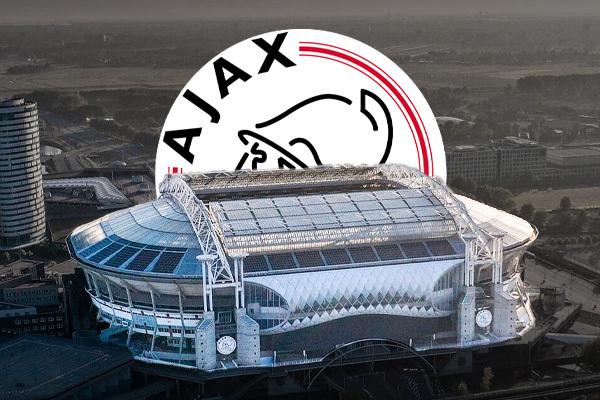 Ajax 54 432 (97.4% occupancy)
Ajax 54 432 (97.4% occupancy)Johan Cruijff ArenA, Amsterdam | Despite another titleless season, Ajax still pulled large crowds. Built 30 years ago, this groundbreaking stadium hosted EURO 2000 matches and European finals, solidifying its legacy in football architecture.
-
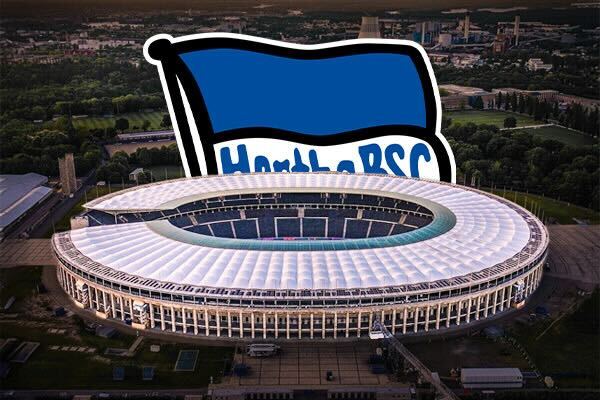 Hertha BSC 53 191 (71.6% occupancy)
Hertha BSC 53 191 (71.6% occupancy)Olympiastadion, Berlin | Hertha returns to the top 20, proving that Berlin’s fanbase can still deliver impressive numbers despite lackluster results. Olympiastadion was buzzing during league matches, and the club hopes this support helps them earn promotion back to the Bundesliga.
How we created the list…
- Only league match attendance was counted — domestic and international cup games were excluded;
- Attendance data was sourced from Transfermarkt;
- Figures reflect tickets sold and used, but full verification (especially of usage) isn’t possible — this should be kept in mind.

 StadiumDB
StadiumDB